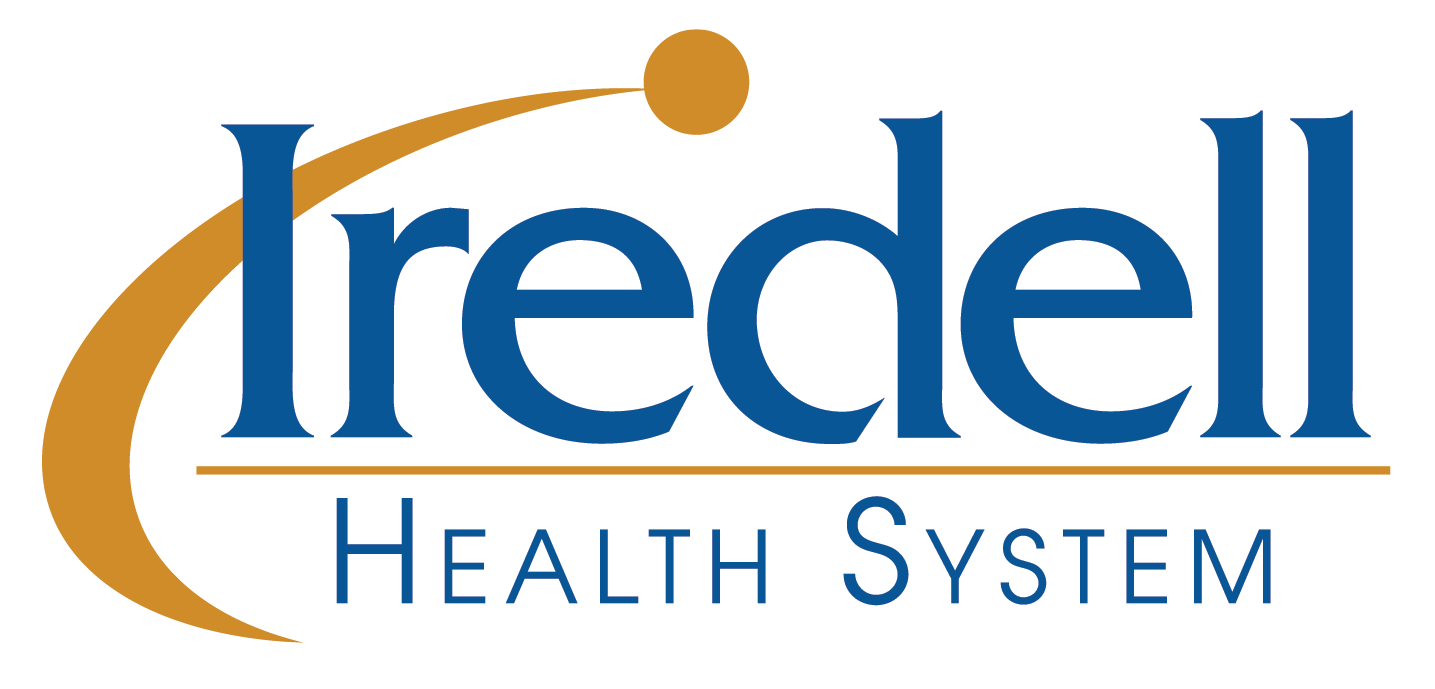Iredell Health

The Challenge
Iredell Memorial Hospital, a 247-bed facility located in Statesville, North Carolina, had a challenge with its segregation of pharmaceutical waste. Classified as an LQG facility for the generation of hazardous waste, they were over-categorizing pharmaceutical waste in both their nursing unit and pharmacy. Iredell was generating 4 times the national average for like-size hospitals.
Our Approach
STEP 1
We sought to understand Iredell’s specific needs. There were multiple assumptions that had been made about the type of waste being generated within the facility and we needed to understand first-hand the reality versus the assumption. Our team walked the hospital to map current processes, talked with nursing staff to assess their understanding of segregation requirements, and conducted superficial “bin-checks” to understand the level of segregation correction required. The Daniels team conducted audits of the black bins throughout the facility. During the audits, we quickly identified items that had been over-categorized as hazardous waste – partially full saline bags, gloves, expired medications, packaging, and non hazardous RCRA.
STEP 2
Our team requested a list from the Pharmacy to take stock all of the drugs Iredell used on site. Based off of this list, we ran a full formulary analysis to show the coding of the drugs, and then worked with the Nurse Manager of each unit to put together a customized list of all the drugs that were classified as hazardous.
STEP 3
Prior to the rollout of Daniels’ non-haz Pharmasmart reusable containers, the Daniels team worked with nursing staff facility-wide to provide new education on correct categorization and segregation of hazardous waste. Taking examples from the waste audits, we provided clear direction on the general waste disposal of packaging and saline bags, and worked with facility staff to determine how many locations required non-hazardous waste containers and the optimal location for safety and accessibility.
The Solution
Daniels rolled out its range of non-hazardous Pharmasmart containers throughout the Iredell facility. After assessment, we were able to reduce and optimize the number of locations required to ensure they were the most accessible locations for staff to safely access. To support each location, the Daniels team developed a “cheat sheet” for clear identification of hazardous drugs that sat above each container to quickly determine any drugs or items that should be re-appropriated into a black bin. In anticipation of the reduced hazardous waste volume, all black bins were reduced in size from 17 gallon to 3 gallon or less.
The Outcome
For 16 months, the Daniels Pharmaceutical and Hazardous segregation program has been in place and, since implementation, Iredell Memorial Hospital has seen a reduction from an LQG generator to an SQG generator in volumes of hazardous waste. Through the process, Daniels has been able to achieve a 35% cost reduction for the facility, while delivering continued education to ensure staff are aware of the risks, costs and compliance hazards of misappropriation. Through our continued partnership and further education, we hope to continue the downward trend of costs and plan to expand service at Iredell.
The Daniels Team provided subject matter experts which immediately developed credibility with Department Directors to help break down silos and hardwire the new waste stream. I believe we could not have obtained these types of results if it were not for Daniels.
Larry Pizzorni